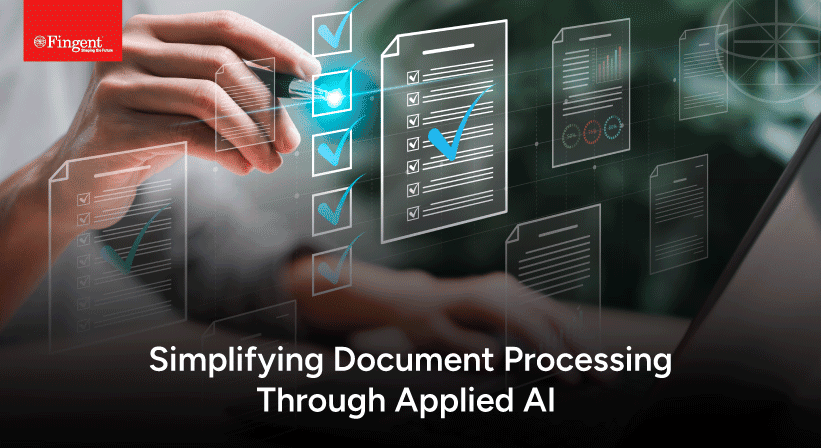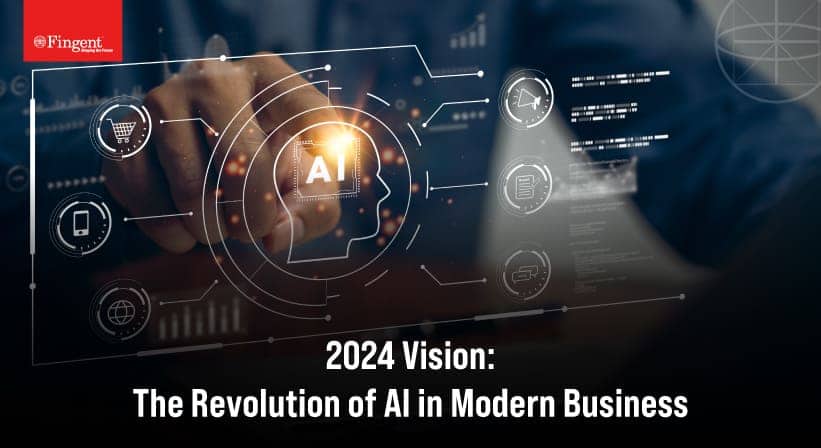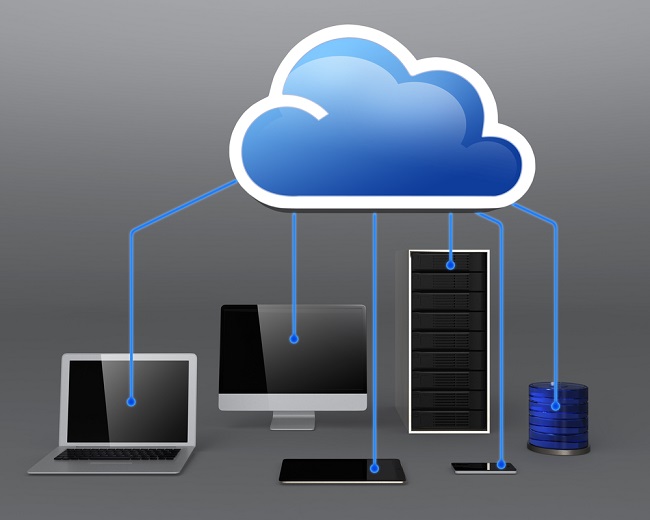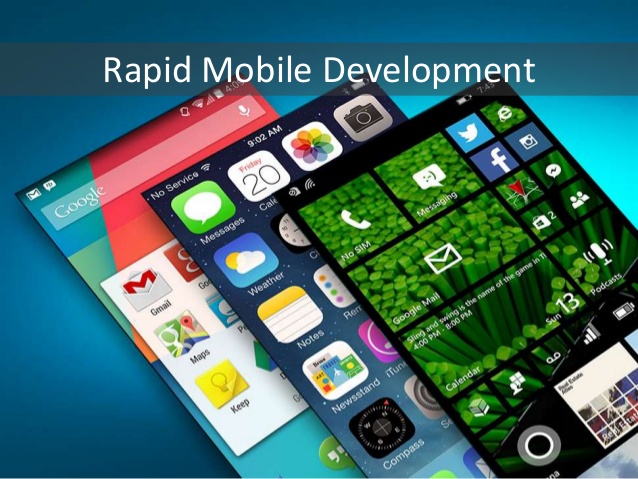Enterprise Mobility Trends and Challenges in 2017
About 71% of enterprises regard mobility as a top priority, and Nasscom estimates the global enterprise mobility market to be worth $140 billion a year, by 2020. Such widespread adoption of enterprise mobility solutions come as no surprise, considering an employee gains 240 hours a year on average, in terms of productivity, if they use cutting edge mobility solutions at work.
However, mobility is still an emerging technology and an extremely fluid space. New paradigms emerge by the day, and there is no standardized way to apply or govern technologies. Success requires a lot of trailblazing, adopting the latest trends, and tackling challenges head-on. Here are the latest trends to follow, and the challenges to overcome, in 2017.
1. The Rise of Companion Apps
Enterprises are scrambling to develop enterprise apps for both their internal functions and for their customers. Rather than generic apps, there is now an increasing shift to companion apps, or apps aimed at making a specific thing or function easy, rather than try and replicate every single feature of a desktop app.
Research major Gartner estimates the demand for enterprise mobile apps outstripping available development capacity by five times. The pressing challenge before enterprises is to solve the grave talent crunch, and develop the required mobile apps, or run the risk of losing out big time in productivity and new possibilities. Enterprises also face a far daunting challenge of unlocking data silos to ensure mobility solutions work optimally.
2. BYOD Becomes Much More than a Trend
The Bring-Your-Own-Devices (BYOD) culture is already well-entrenched in the corporate world. The tremendous productivity and efficiency benefits it brings out, coupled with the rising popularity of mobility apps have graduated BYOD to much more than a trend. BYOD is fast becoming the established norm in many enterprises.
BYOD however brings new challenges in its wake. Employee devices rarely feature the required enterprise-grade security features, and the enterprise IT team remains hard-pressed to manage the wide range of BYOD devices that operate within the corporate network. Mobile device management (MDM) solutions, implemented to ease out potential pain points often hinder the productivity or fluidity of the work carried out on the devices.
Enterprises need to devise effective mobility policies that secure employee-owned devices. Centralizing the management of mobile devices, akin to remote management of PC and notebook desktops enable enterprises to have control over the devices in use. The trick is to roll out such policies without compromising the privacy of employees.
3. Accelerated Migration to the Cloud
The increased maturity of cloud services, the easy availability of affordable and reliable cloud services, and the game-changing possibilities with big data has accelerated migration of enterprise solutions to the cloud.
The increased popularity of the cloud notwithstanding, security remains a pressing challenge. Enterprises seeking to reconcile the security issue increasingly opt for hybrid solutions, hosting mission critical apps on premises and other apps on the cloud. The increasing stakes of security mean regulatory security controls may not be too far away.
4. Personal Assistant-Friendly Features Go Mainstream
Artificial Intelligence (AI) technology has already made its mark in computing. More and more enterprise apps are now becoming “smart,” leveraging features such as those offered by Siri, Google Now, Cortana, and other smart personal assistants. There is a boom of “smart apps” that allow users to control lighting, heating and security systems using Siri.
As AI makes the enterprise more and more dependent on technology, security becomes even more important than before, and security breaches run the risk of bringing down the entire enterprise. The onus is on the enterprise to guarantee effective security.
A key focus of enterprise network security now is effective threat management, or identifying potential vulnerabilities and operating system-specific threats. A multilayered approach that authenticates enterprise applications, reinforced with agile device management solution is the way to go for most enterprises.
5. The Rise of Citizen Developers
The growing demand for enterprise apps has resulted in the rise and popularity of cross-platform low-code and no-code app development platforms, which offer easy drag and drop options and accelerate the app development timeline greatly. Side by side with such new app development technologies is the rise of citizen developers, who can leverage such platforms to develop apps on the fly, with little or no coding knowledge.
Accelerated app development and the rise of citizen developers present its own challenge of half-baked implementation and serious vulnerabilities in the developed software. Native apps, developed for the platform, are generally more feature-rich and deliver a better user experience, over the HTML5 based cross-platform app development. Native apps also allow administrators more control.
Your best bet to overcome such challenges, while tapping into the latest trends at the same time, is to partner with a sound professional developer like us. Partnering with us allow you to leverage our wealth of experience and expertise in rolling out highly intuitive enterprise mobility solution that meets all your objectives, in a cost effective manner.
Stay up to date on what's new

Recommended Posts

18 Apr 2024 B2B
Applied AI For Document Processing
"It's becoming increasingly clear that AI is the future, and almost everything else is a sideshow." - World-renowned computer scientist Geoff Hinton AI has taken over almost every aspect of……

10 Jan 2024 B2B
AI Trends Set to Transform Businesses in 2024
In the dynamic realm of modern business, the profound impact of artificial intelligence (AI) continues to unfold, reshaping industries and redefining conventional practices. As we step into 2024, the transformative……

26 Nov 2023 B2B
Finding Success in the Aviation Business with AI
“Aviation is the branch of engineering that is least forgiving of mistakes.” - Freeman Dyson, British-American theoretical physicist and mathematician. The truth in that statement is sobering indeed. The precision……

27 Oct 2023 B2B
Generative AI – Magnifying the Power of AI in Business
Are you sick and tired of performing the same monotonous task every day? Well, if your answer is yes, then Generative Artificial Intelligence can benefit you. Technology is evolving at……
Featured Blogs
Stay up to date on
what's new















